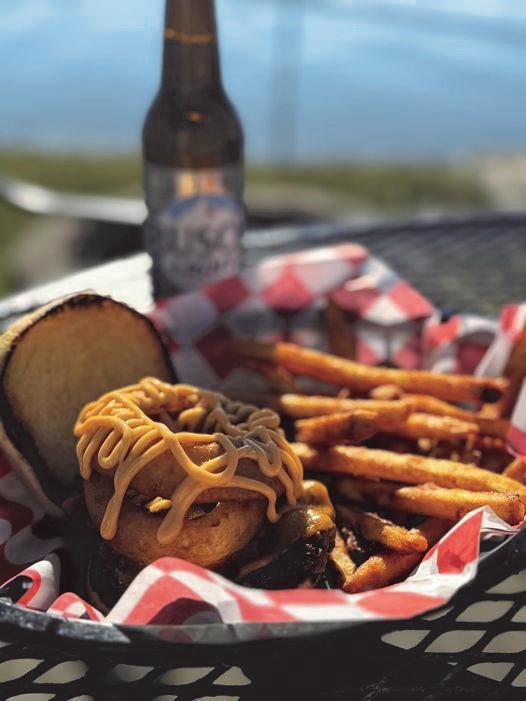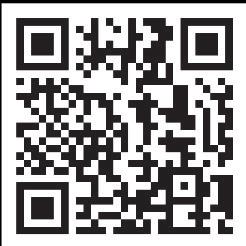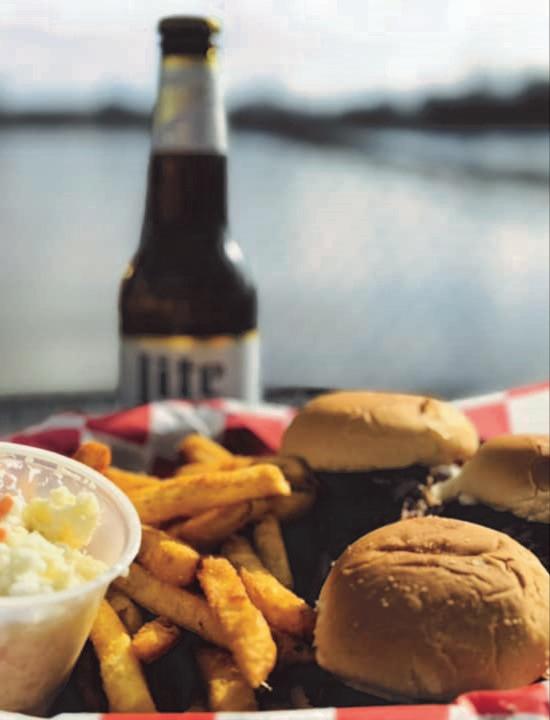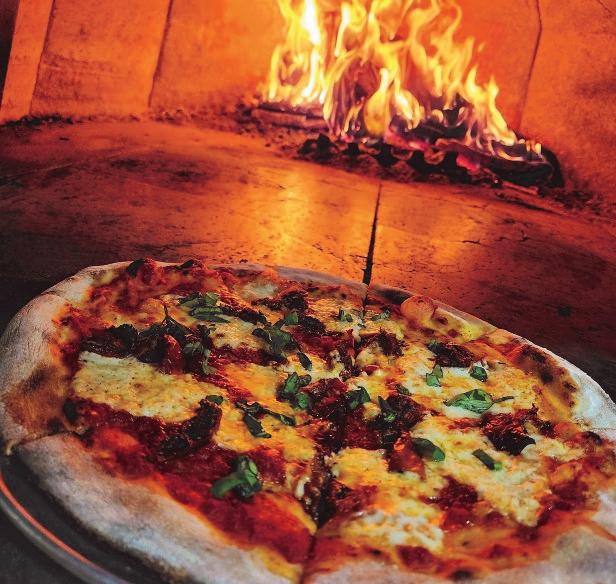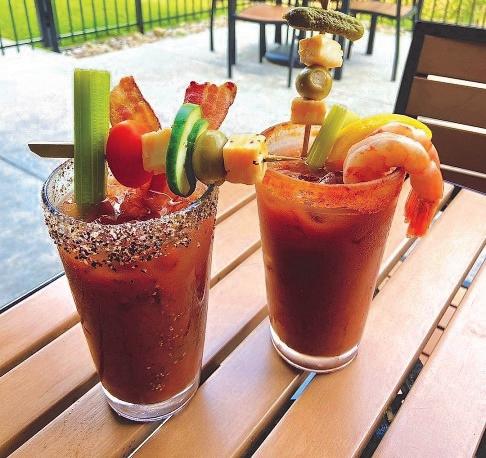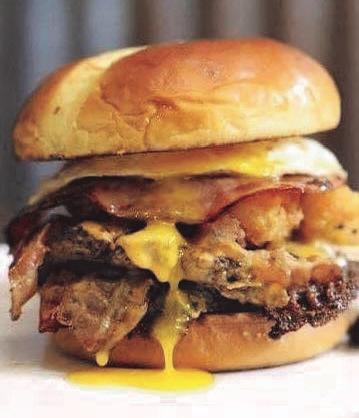




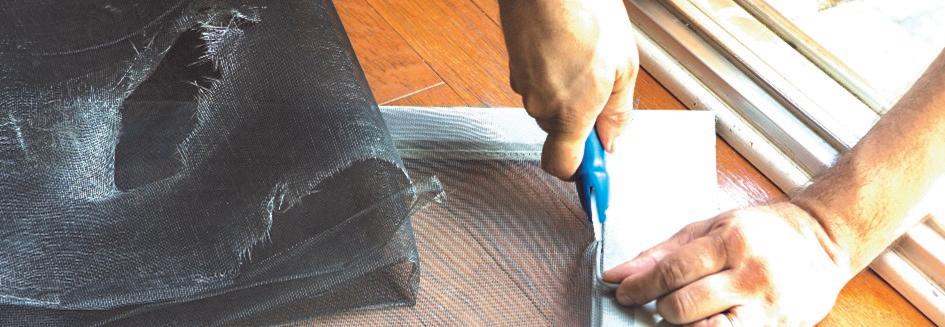
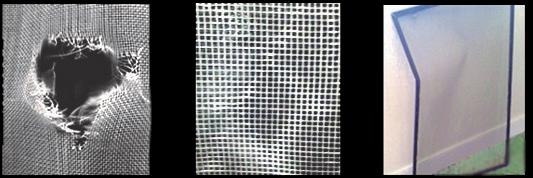


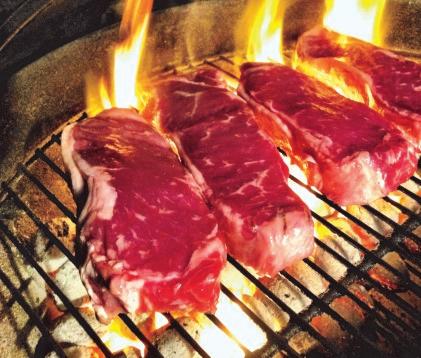



TIDBITS® CELEBRATES UNUSUAL FIRSTS
by Kathy WolfeWe all know the name of the first U.S. President and the first man to walk on the moon, but how about some of the more unusual firsts? This week, Tidbits focuses on some lesser-known firsts.
• Chicago’s Home Insurance Building, constructed in 1885, is considered the first official skyscraper. Towering 10 stories at a height of 138 feet (42.1 m), it was revolutionary in its construction, using a cast iron frame skeleton that bore the weight of the building, allowing for the stability of its height. In 1891, two additional floors were added, making the building’s finished height 180 feet (54.9 m). The building stood in the Windy City for 46 years, when it was demolished to make way for the 45story offices of the Marshall Field’s department stores.
• The name of Margaret Gorman has faded into obscurity, but her legacy lives on as the first beauty queen to capture the title of Miss America. After the 16-year-old high school junior won the title of Miss Washington, D.C. in 1921, she was invited to the White House to meet President Warren G. Harding before moving on to the Atlantic City competition. Her win was based on her “athletic ability, past accomplishments, and outgoing personality.” turn the page for more!





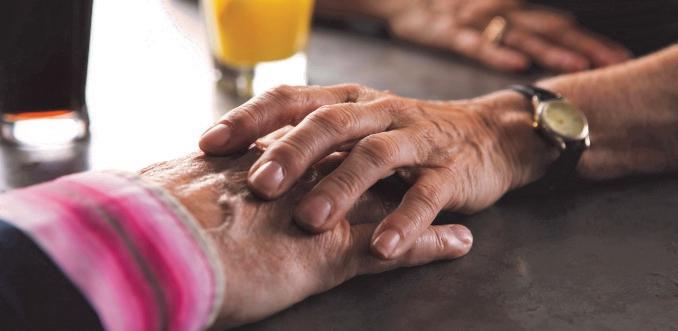


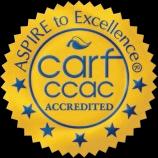






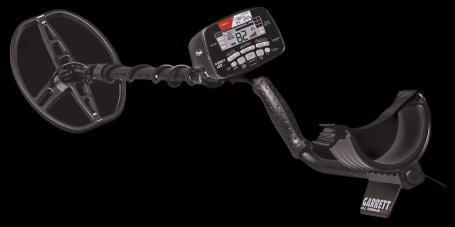

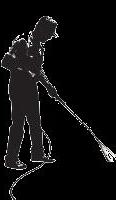







Of The Mid-Ohio Valley
is Published & Distributed Weekly By: CindAl Publishing Company 812 55th St. Vienna, WV 26105
e-mail: alan@tidbitsmov.com
Advertising: 304.210.3812
We reserve the absolute right to accept, reject, discontinue or refuse any advertisement personal or commercial that we deem may not be conducive for our publication or Tidbits®. The publisher does not assume any responsibility for the claims of its advertisers. Tidbits® is committed to remain a family oriented publication. www.tidbitsmov.com
UNUSUAL FIRSTS (continued):
• A Manhattan sidewalk was the site of the world’s first cell phone call, placed on April 3, 1973. Motorola engineer Martin Cooper called his counterpart at Motorola’s main competitor, Bell Labs, saying, “I’m ringing you just to see if my call sounds good at your end. I’m calling you from a cell phone. A real cell phone. A personal, handheld, portable cell phone.” Drawing inspiration from cartoon character Dick Tracy’s wrist radio, Cooper set out in 1972 to create a mobile phone. Cooper, who had served as a submarine officer during the Korean War, spent 29 years with Motorola, amassing 11 patents in the field of radio spectrum management. Cooper led a 10-year journey of bringing the cell phone to market.
• The first text message was sent in December, 1992, from a telecommunications company researcher to one of their customers. Neil Papworth, who had been working on developing SMS, sent the text “Merry Christmas!” to the gentleman at an office Christmas party.
• The first food to be successfully prepared in a microwave oven was popcorn! The feat was accomplished by Raytheon Company engineer Percy Spencer, who had been building and testing magnetrons. During his work in the company’s lab in October, 1945, Spencer discovered that the heating power of the device’s microwaves had melted a chocolate bar in his pocket. He began testing other foods in a metal box with an electromagnetic field, including the first experiment, an egg, which promptly exploded in his face. The following day he tried popcorn kernels and the microwaves popped them all. The first commercial oven was built a 1947, a 750-lb. (340-kg) behemoth that was 6 feet (1.8 m) tall and sold for $5,000. The microwave oven wasn’t Spencer’s first or only invention. In fact, Spencer, who had worked as a U.S. Navy radio operator, was awarded more than 300 patents, including a military device, a detonator that enabled soldiers to trigger artillery shells.
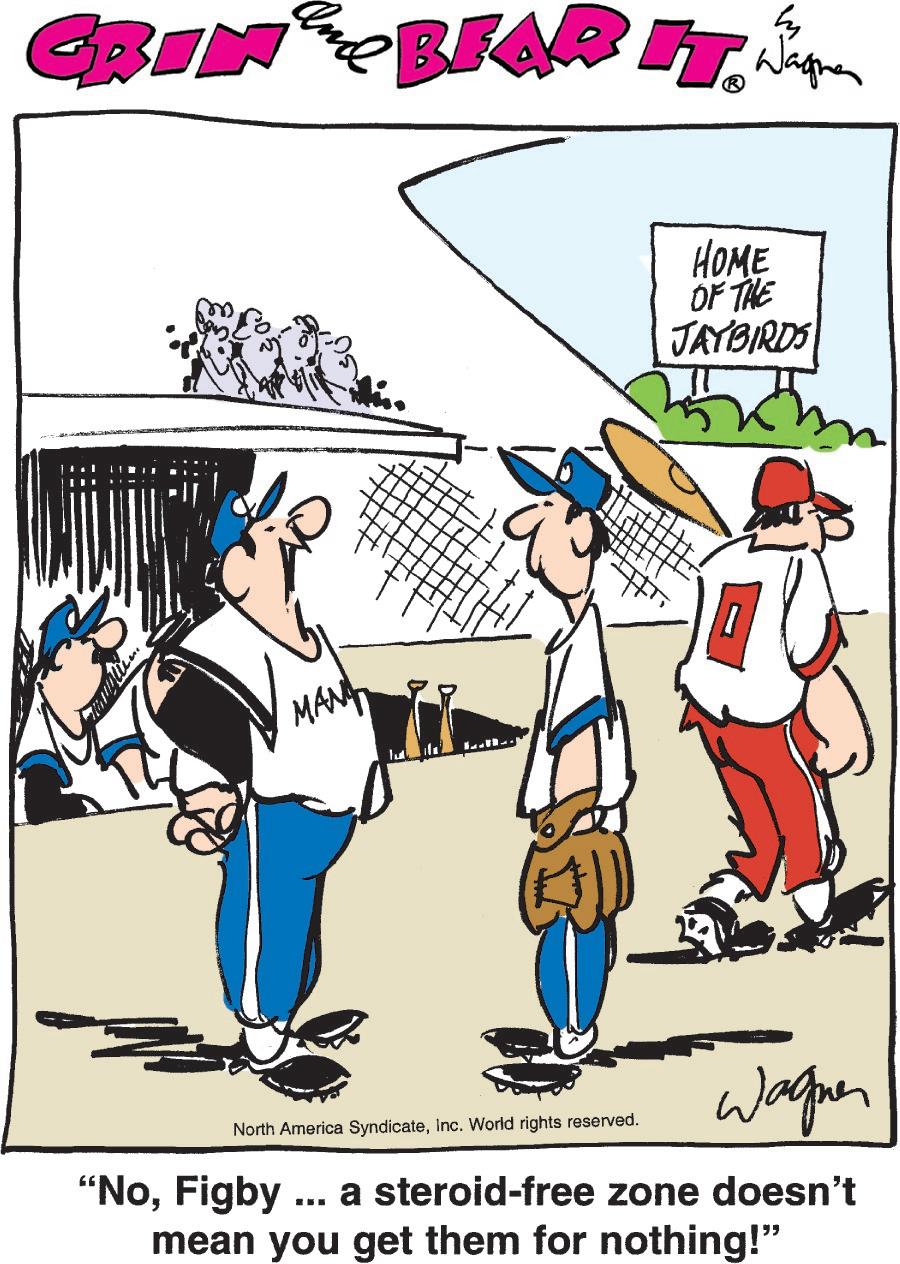

In this issue of TidbitsMOV our boy Tommy Tidbits is hiding

Find him and enter the weekly contest, please send us a message including your name, Postal mail address the issue number you are referring to and which ad is hosting Tommy for the week! Visit www.tidbitsmov.com or send the answer with the above information to alan@tidbitsmov.com OR you may send us a private message to our Facebook page - @TidbitsMOV. PLEASE do not post the answer directly to the page - that ruins the fun for everyone. All winners will be drawn randomly from correct responses and will be posted weekly. As with all our contests, though you are welcome to play every week, you are only eligible for one winner per household per month.



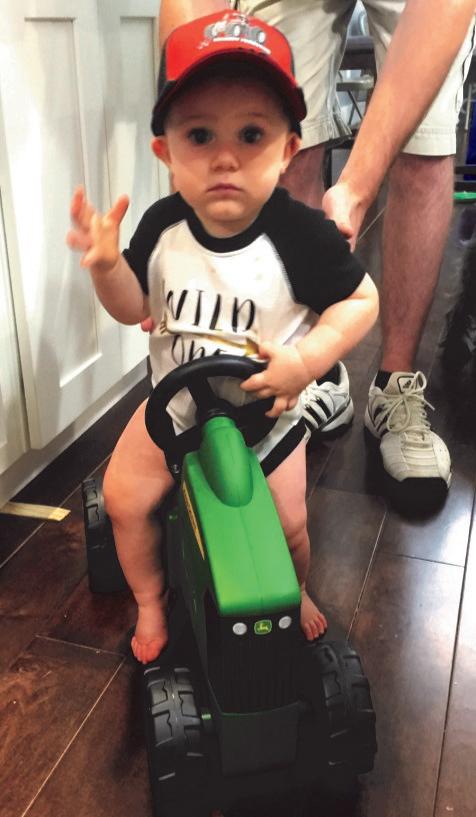







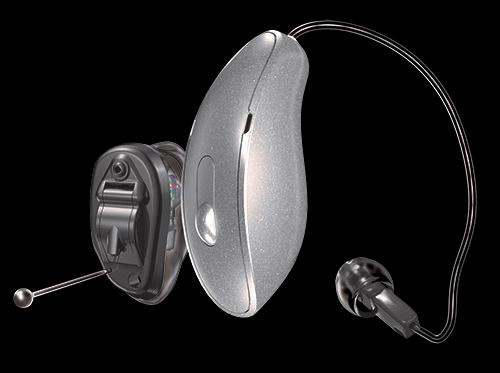


UNUSUAL FIRSTS
(continued):
• Brazilian soccer player Edson Arantes do Nascimento, better known as Pele, was the first soccer pro to reach the 1,000-goal mark, accomplished in November, 1969. Pele was raised in poverty, earning money by working in tea shops. At age 16, he signed a professional contract with the Santos Football Club, and by the end of his first year, was the top scorer in the league. Pele spent 19 seasons with Santos before retiring from Brazilian football. He spent 1975 to 1977 with the New York Cosmos of the North American Soccer League. Pele had 1,281 career goals in 1,363 games, leading to being voted Athlete of the Century in 1999.
• Whatever happened to Virginia Dare? Recorded as the first English child born in the Americas, she vanished without a trace from the new Roanoke Island settlement. In April, 1587, a fleet of ships carrying 150 men, women, and children set sail with the hopes of establishing the first permanent English settlement in the New World. Twenty-seven days after their arrival in August of that year, Virginia was born to the daughter of the island’s governor, John White. The colonists were critically short of supplies, so White returned to England just nine days after his granddaughter’s birth, resolving to return as quickly as possible. A war between Spain and the British prevented the governor from returning to Roanoke. By the time White arrived on Roanoke, on Virginia’s third birthday in 1590, the colonists had all mysteriously disappeared into thin air. The only sign of their occupation was the word “Croatoan” carved on a fence post, and the letters “Cro” carved on a tree. It’s speculated that the Roanoke settlers had been taken in by friendly Croatoan tribesmen, but no trace was ever found.
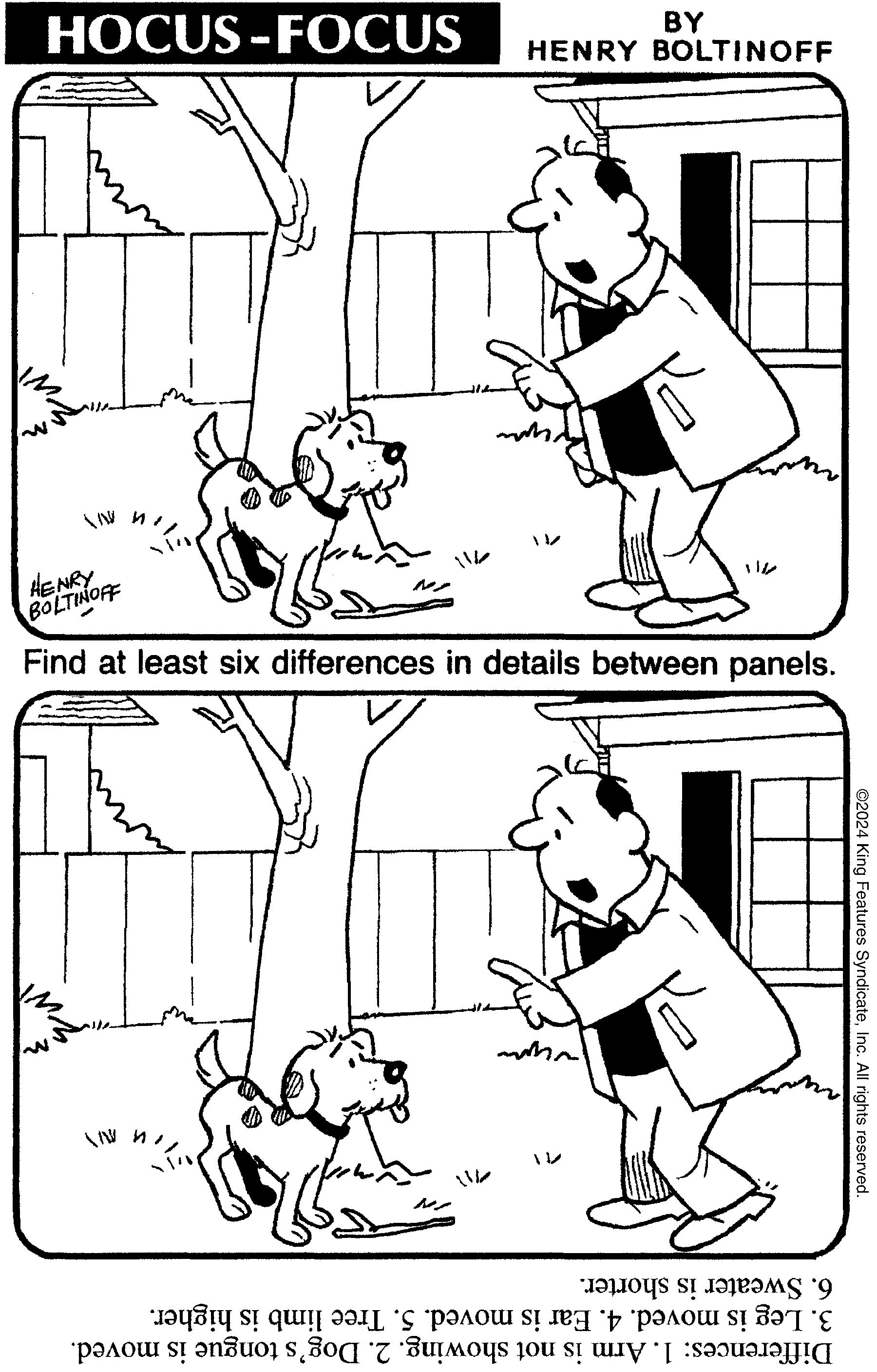



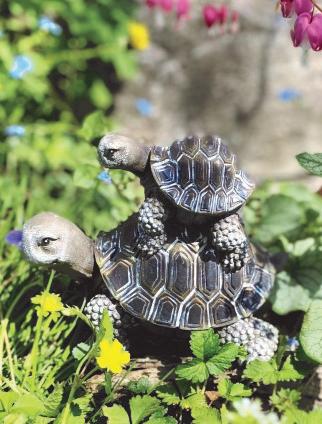

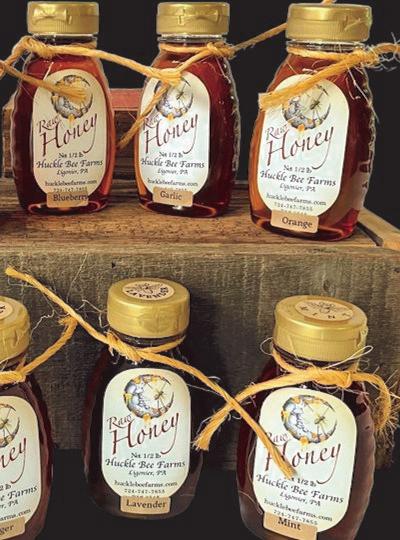



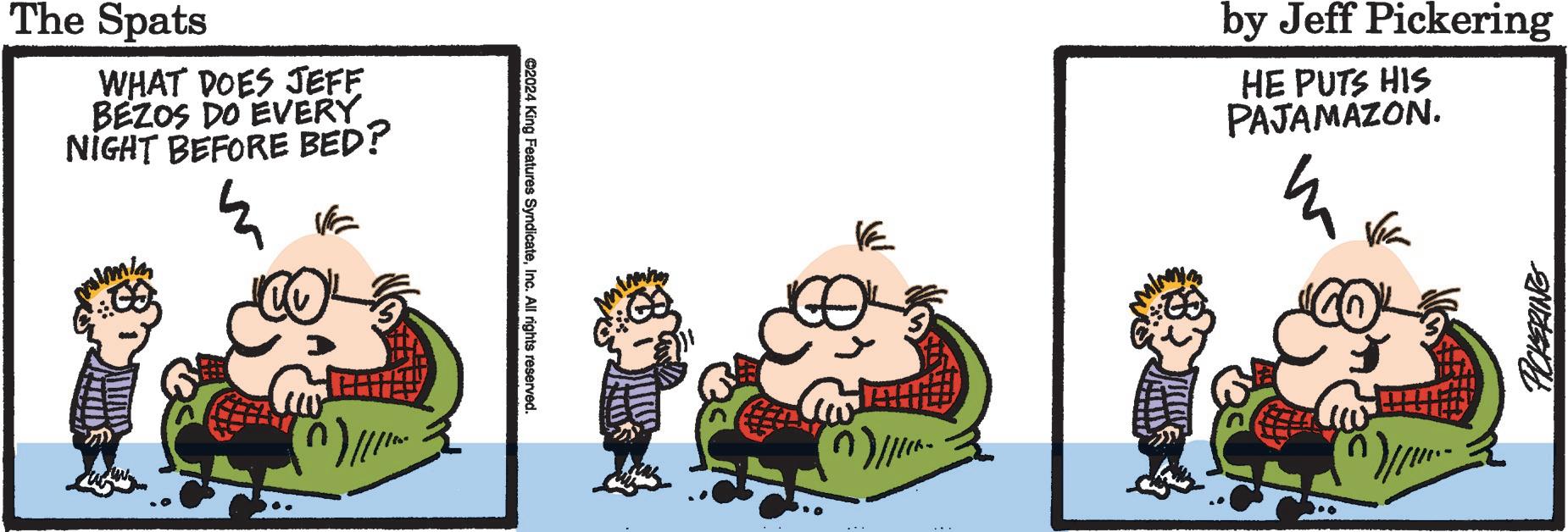
UNUSUAL FIRSTS
(continued):



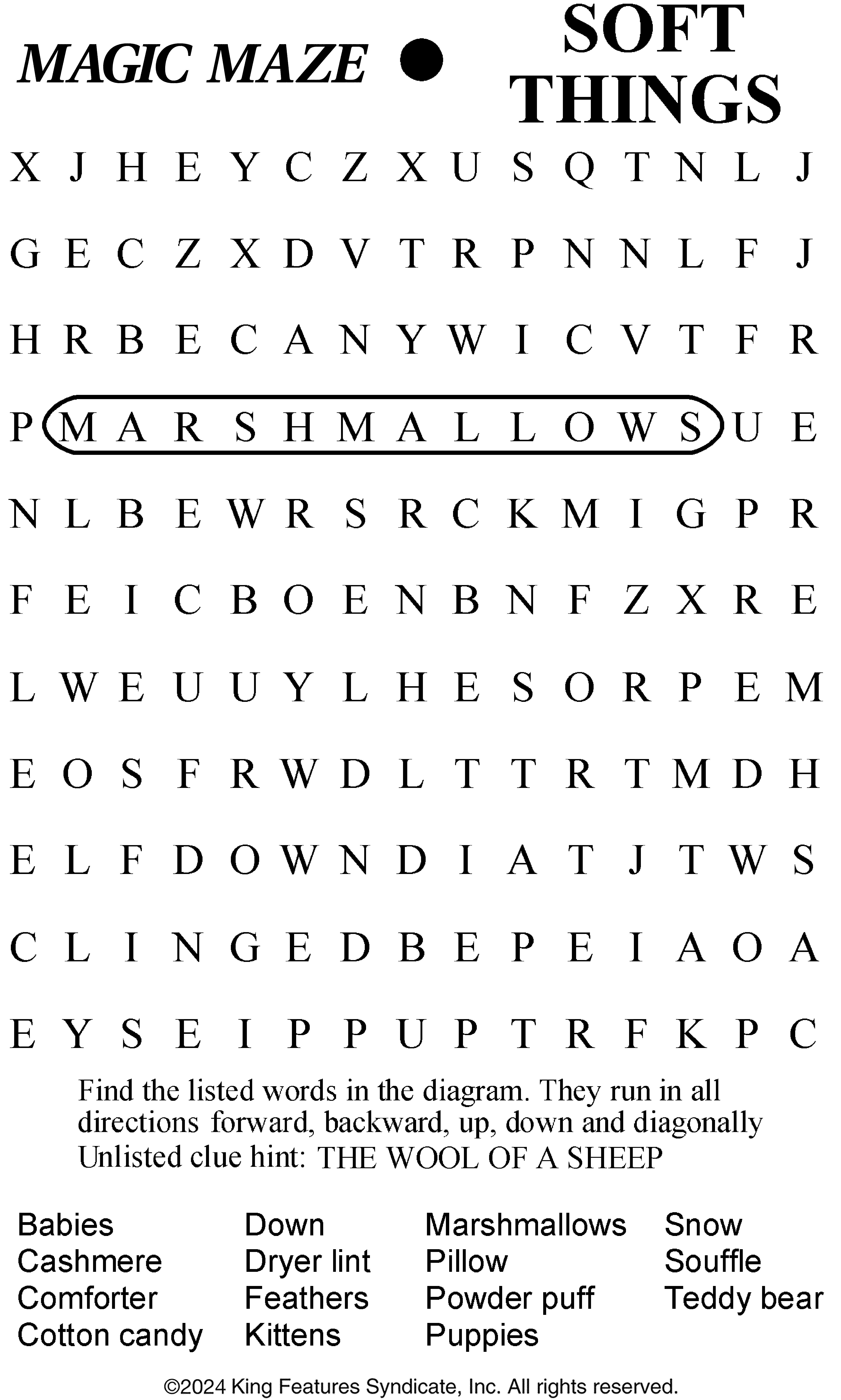
• Notable firsts in the world of photography include the first photograph, the first color photograph, and the first selfie. Frenchman Joseph Niepce took the first photo, a grainy black and white of the view from his window in 1826, a task accomplished using asphalt and a pewter plate. During the 1830s, Niepce collaborated with Louis Daguerre to develop the first publicly available photographic process, using a copper plate coated with silver iodide exposed to light, then fumed with mercury vapor and made permanent with a solution of salt. The entire process was known as Daguerreotype. The first color photo was in 1861, a picture of a Scottish tartan ribbon of red, white, and green. A pair of Englishmen took three separate black-and-white photos of the ribbon, using separate filters of blue, green, and red, then superimposed the three together. Although the word “selfie” didn’t make it to dictionaries until 2002, in 1839, a Philadelphia photographer turned on his camera, ran into the frame, stood still for the necessary one-minute exposure time, then hurried back to close the camera lens.
• It didn’t take long after the introduction of automobiles for a pedestrian to be hit and killed by one. The Anglo-French Motor Carriage Company was giving demonstration rides at London’s Crystal Palace in August, 1896, when 44-year-old Bridget Driscoll walked into the auto’s path and became the first fatality of its kind. A witness reported that the automobile was being driven at “a reckless pace, in fact, like a fire engine.” The car’s speed was 4 mph (6.4 km/hr). Earlier that year, another Englishman was the first in the world to receive a speeding ticket. Motorist Walter Arnold refused to be apprehended, leading police on a five-mile chase after they began pursuing him on bicycles. When Arnold finally pulled over, he was cited for going four times over the speed limit, racing along at 8 mph (12.8 km/hr), which is probably why the police were able to keep him in their sights.
You deserve the very best, especially when it come to your hearing! Loss of hearing can reduce your overall quality of life. Ohio Valley Hearing Professionals will provide everything you need to regain your hearing, including; testing, fitting, programming & maintenance.
We also offer financing to fit every budget.
Ask Ohio Valley Hearing Professionals how the Widex SmartRIC will go beyond better hearing to empower you with better living!



Here's the Scoop: Celebrating National Chocolate Ice Cream Day
This Friday is June 7, and guess what? That is National Chocolate Ice Cream Day!
If you're anything like me, you're already marking your calendar with chocolatey delight. I mean, who doesn't love an excuse to indulge in a scoop (or two) of creamy, dreamy chocolate goodness? In honor of this delightful holiday, I want to share with you a technique that will elevate your chocolate ice cream experience to new heights: the Chocolate Bombe Glacée.
Now, you might be wondering, what exactly is a bombe glacée? Well, in culinary terms, a bombe is a frozen dessert typically made in a spherical shape. It's a fancy pants way of serving ice cream with several different flavors and textures of ice cream that create layers of color and taste sensations. Most importantly, it's a beautiful presentation. As I've said many times before, a beautiful presentation doesn't cost anything. Creativity is free, or priceless, depending on how you look at it.
For our Chocolate Bombe Glacée, I chose three layers of chocolate ice cream chocolate brownie, coffee almond chocolate and mudslide with a chocolate ganache filling in the center, drizzled with chocolate shell. That's for today, but the flavor possibilities are endless! It's a dessert fit for royalty, yet simple enough to make at home with-
Expires 6/30/24



out breaking the bank.
CHOCOLATE ICE CREAM BOMBE GLACéE
Special Equipment:
Three nesting freezer-safe bowls (a large one and two smaller ones that fit inside)
A spatula
Plastic wrap
Ingredients:
Three flavors of ice cream or sorbet Chocolate sauce, optional
Soften your first flavor of ice cream by placing it in the refrigerator for about 30 minutes. Once softened, give it a stir and spread it evenly along the sides of the largest bowl using a spatula. Wrap the outside of the second bowl in plastic wrap and press it firmly into the first layer of ice cream to create an even layer. Leave it in place and freeze until firm. While the first layer sets, soften your second flavor of ice cream in the refrigerator
Once the first layer is firm, remove the bowl and plastic and add the softened second flavor. Repeat the process of wrapping the smaller bowl, pressing firmly and freezing to set the second flavor. Soften your final flavor of ice cream while the second layer sets.
When the second layer has set, fill the remaining space in the bombe with the final flavor of ice cream or sorbet. Return to the freezer for at least one hour to set completely.
To Unmold the Bombe: When ready to unmold, fill your sink with hot water and carefully dip the bowl into the water for 10 seconds to loosen the edges. Immediately flip the bowl onto a plate to release the bombe. You may need to use a spatula or knife to help it along. Return the bombe to the freezer to
firm up one last time before serving. To serve, slice the bombe like a pie using a heavy, sharp knife. Optional: You can drizzle this with chocolate sauce for some extra pizazz.
CHOCOLATE MAGIC SHELL
3/4 cup semi-sweet chocolate chips 1 tablespoon coconut oil
Using the microwave, melt the chips and oil together in 20 second increments, stirring until smooth. This will harden when drizzled on ice cream.
So, my fellow frugal foodies, let's celebrate National Chocolate Ice Cream Day in style. Whip up a Chocolate Bombe Glacée for yourself and your loved ones. After all, life is too short not to enjoy a little chocolate now and then, especially on a day like today. ***
Lifestyle expert Patti Diamond is the penny-pinching, partyplanning, recipe developer and content creator of the website Divas On A Dime Where Frugal, Meets Fabulous! Visit Patti at www.divasonadime.com and join the conversation on Facebook at DivasOnADimeDotCom. Email Patti at divapatti@divasonadime.com (c) 2024 King Features Synd., Inc.
Layers of indulgence in every slice: Create this easy yet stunning Chocolate Bombe Glacée
PHOTO CREDIT: www.JasonCoblentz.com
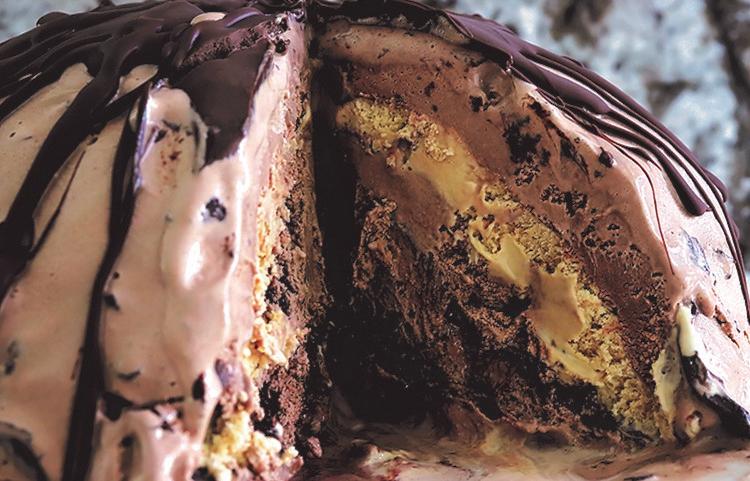

BEAUTIFUL BODY: THE STOMACH
• The J-shaped stomach sits in the body’s upper abdomen on the left side of the body, connected at the top to a muscle at the end of the esophagus and connected to the small intestine at the bottom. It’s just a temporary storehouse for food before the food is passed into the small intestine. Food arrives in the stomach from the esophagus, and the stomach begins producing acids and digestive enzymes to break down the food into smaller particles. Food remains in the stomach for two to four hours while it’s being broken down and prepared for digestion.
• The cardia is the top part of the stomach where the food from esophagus empties into the stomach. It contains a valve that prevents the food from traveling back up. Undigested food is stored in the fundus before it passes to the middle part of the stomach, called the corpus, where food is processed and digested. Just below the corpus lies the antrum where the food is held until the stomach is ready to send it off to the small intestine. The pylorus at the bottom controls when and how the stomach’s contents move to the intestine.
• The hydrochloric acid produced by the stomach is strong enough to burn skin, and to dissolve bones and even some metals. How does the stomach manage to survive? The lining of the stomach is protected by the gastric mucosa, a thick layer of mucus secreted by the stomach. The mucus coats the stomach walls, acting as a protective barrier to keep gastric acid from damaging the tissue. The cells in the stomach lining are constantly being replaced, and the lining is completely renewed every few days. Occasionally, the acid can leak out into the esophagus, which has no protective mucus layer, resulting in that burning feeling we call heartburn. (Continued page #7)






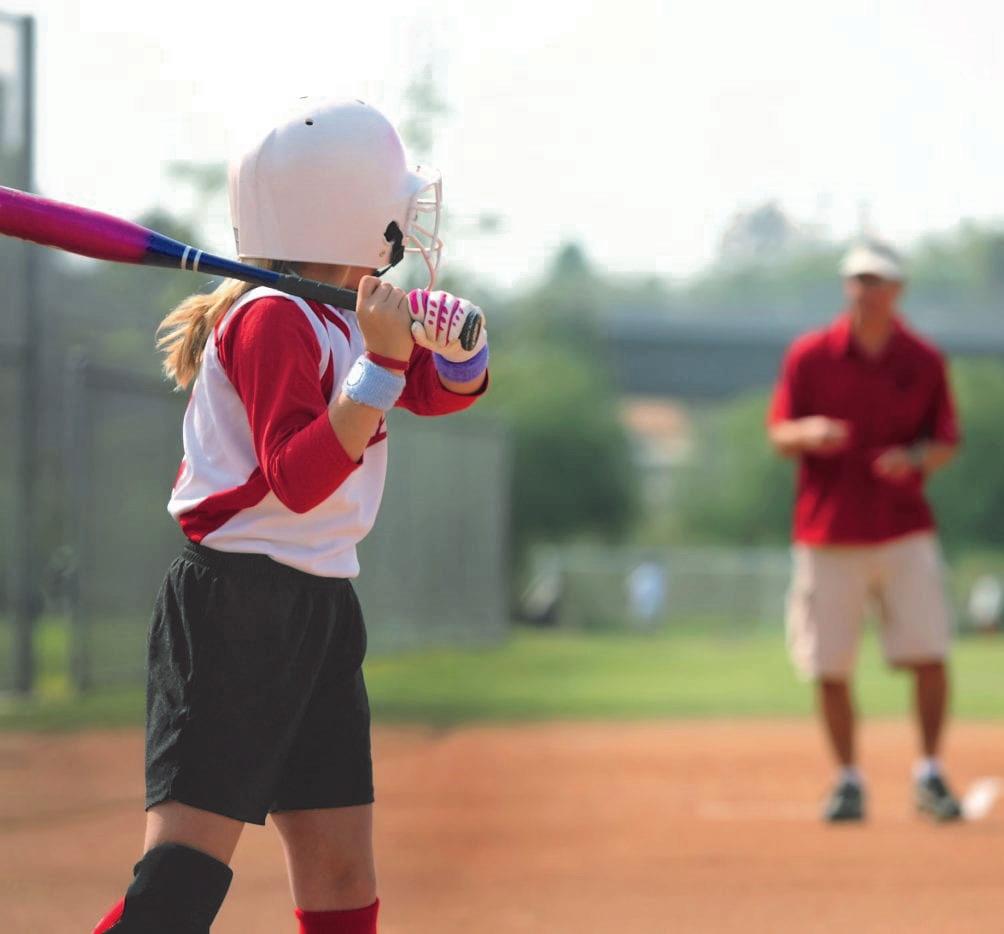
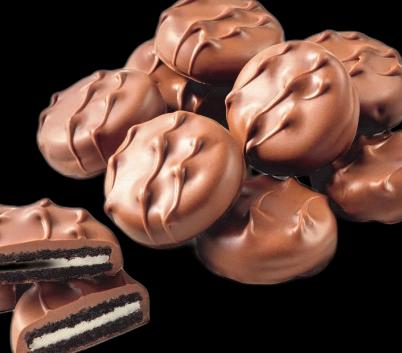

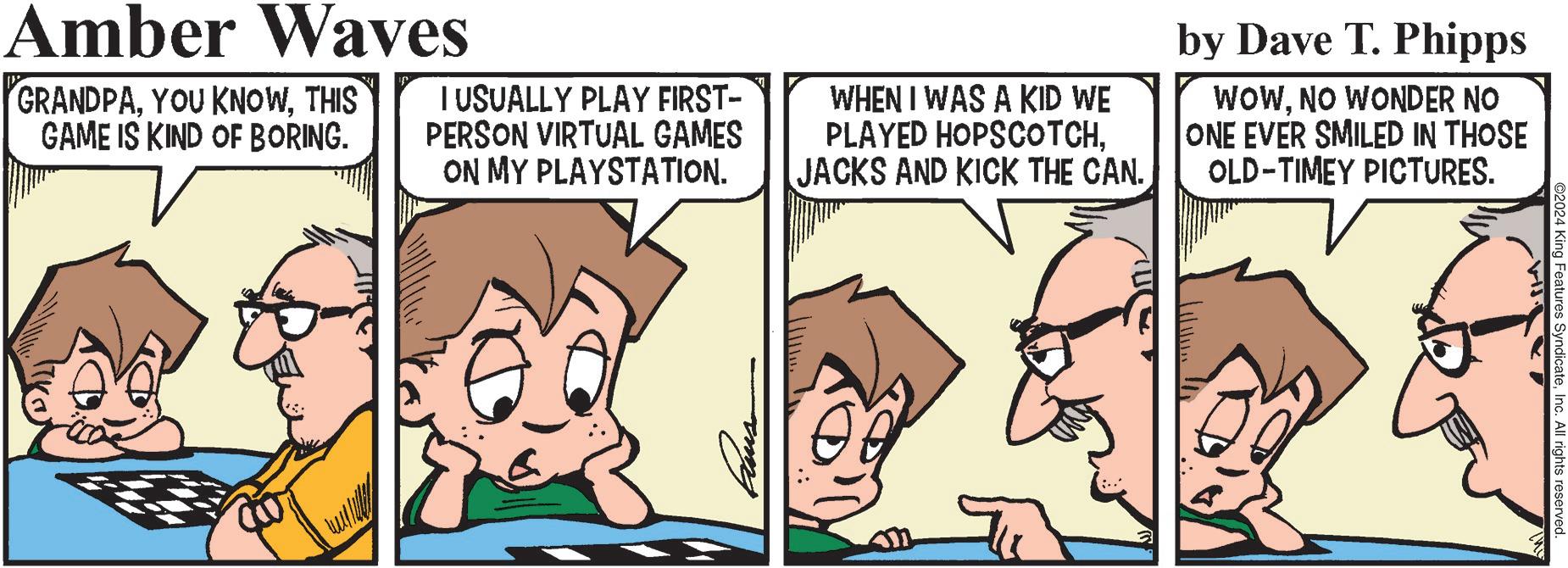


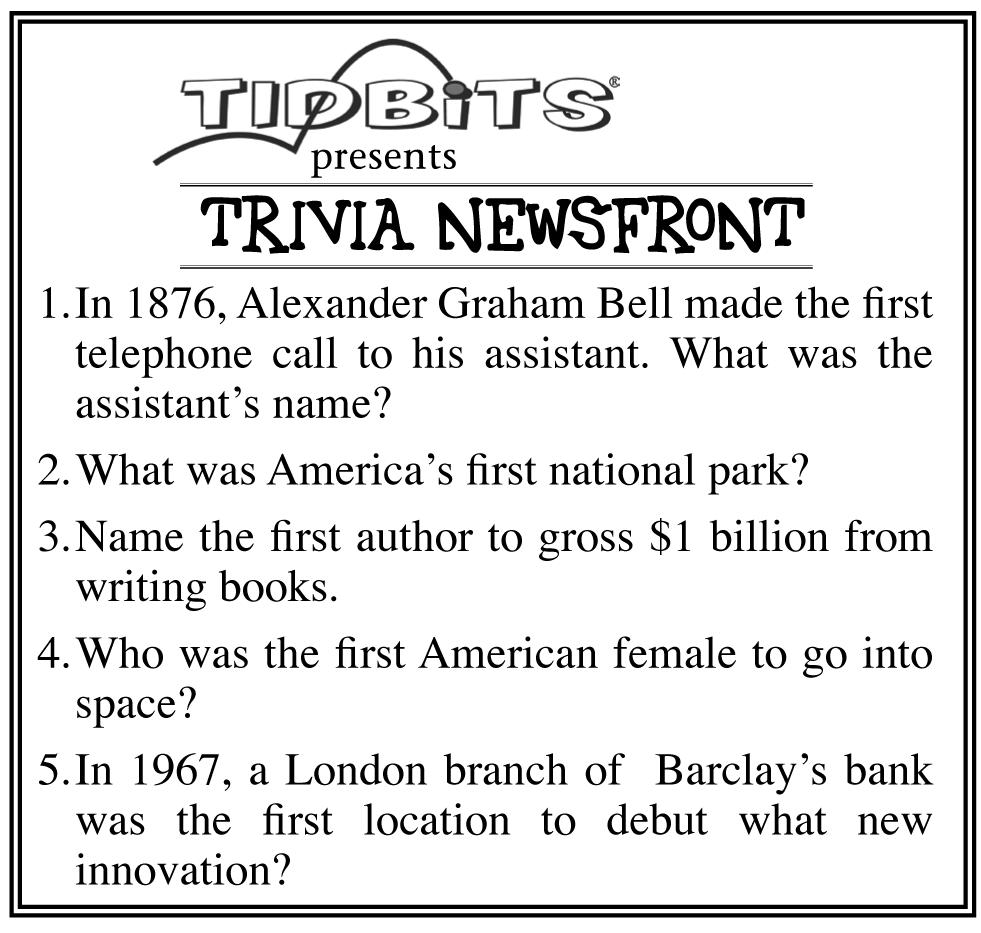






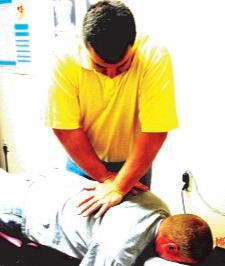
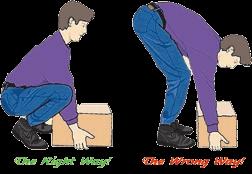



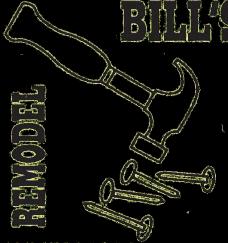








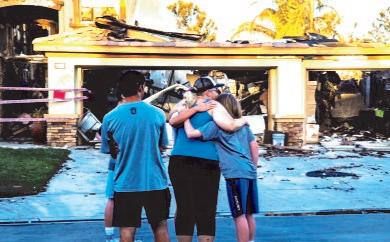






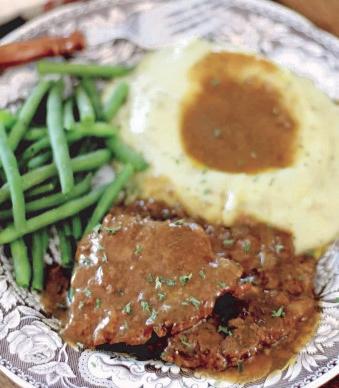





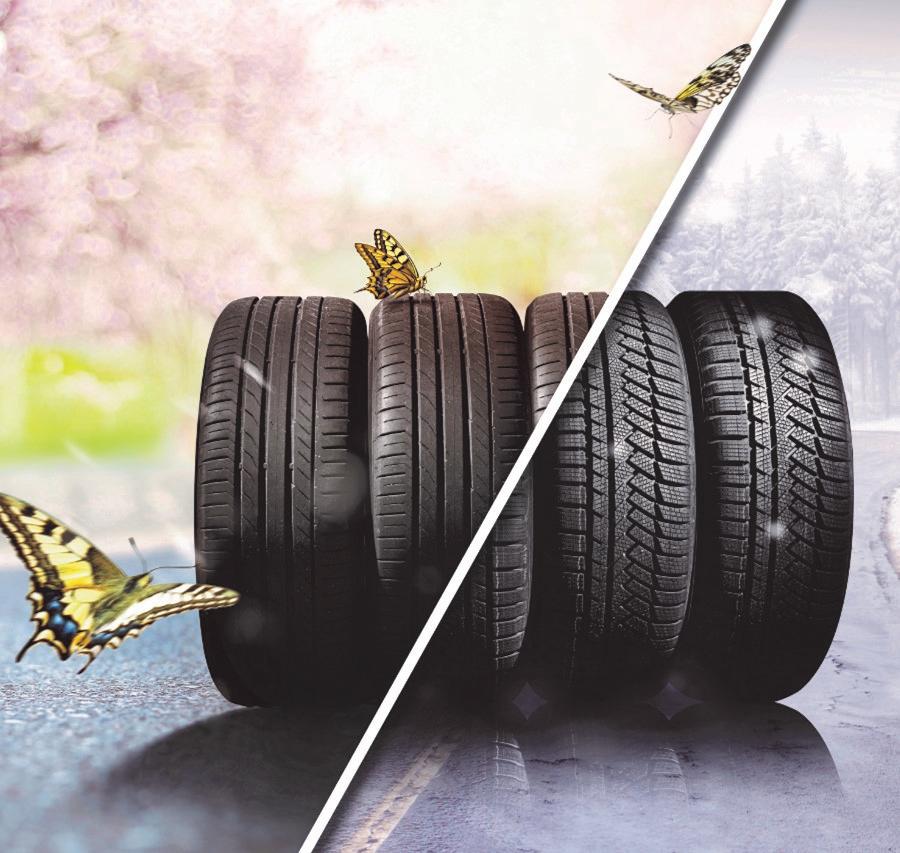
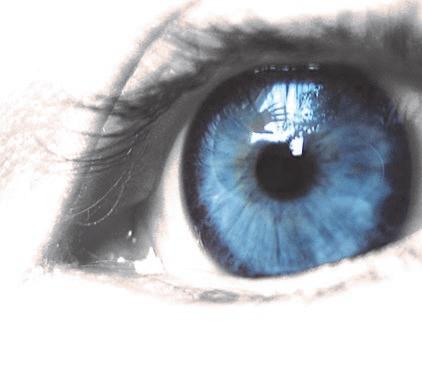

Quelling a cat's separation anxiety
DEAR PAW'S CORNER:
Here's a weird one. I went away on a business trip for three weeks, leaving my 9year-old cat "Jenks" with a friend. Since I've returned, Jenks will not leave my side. He clambers onto my lap while I have Zoom meetings; he follows me to and fro around the house; and he insists on sleeping on the bed at night. He also meows loudly if he can't see me. This is a new behavior for him. What's going on? Claudio G. in Brooklyn
DEAR CLAUDIO: Jenks may have separation anxiety. Even though he never exhibited these behaviors before while you were away, it's possible for a cat to develop this issue with no clear triggers. Monitor his behavior patterns closely for a few days. In addition to meowing loudly when you're out of sight, is he grooming his coat more than usual? Is he doing anything destructive like clawing up a new piece of furniture? Have his eating habits changed eating too little or gulping his food? These can also be signs of anxiety. Try the following and note if his behaviors lessen or normalize:
Don't make a big production out of leaving the house or coming home. Extra affection may make him more anxious. Leave the TV, radio or speaker on while you're away, playing a program or music. Set up a cat perch near the window so he can watch the world. Create a den or nook where he can rest, safe and cozy. If the behavior doesn't improve, or it worsens, contact the veterinarian. They will recommend an exam to rule out any illnesses. They'll offer advice on additional ways to help calm Jenks, and if necessary, will prescribe medication to reduce his anxiety. Send your tips, comments or questions to ask@pawscorner.com.
(c) 2024 King Features Synd., Inc.



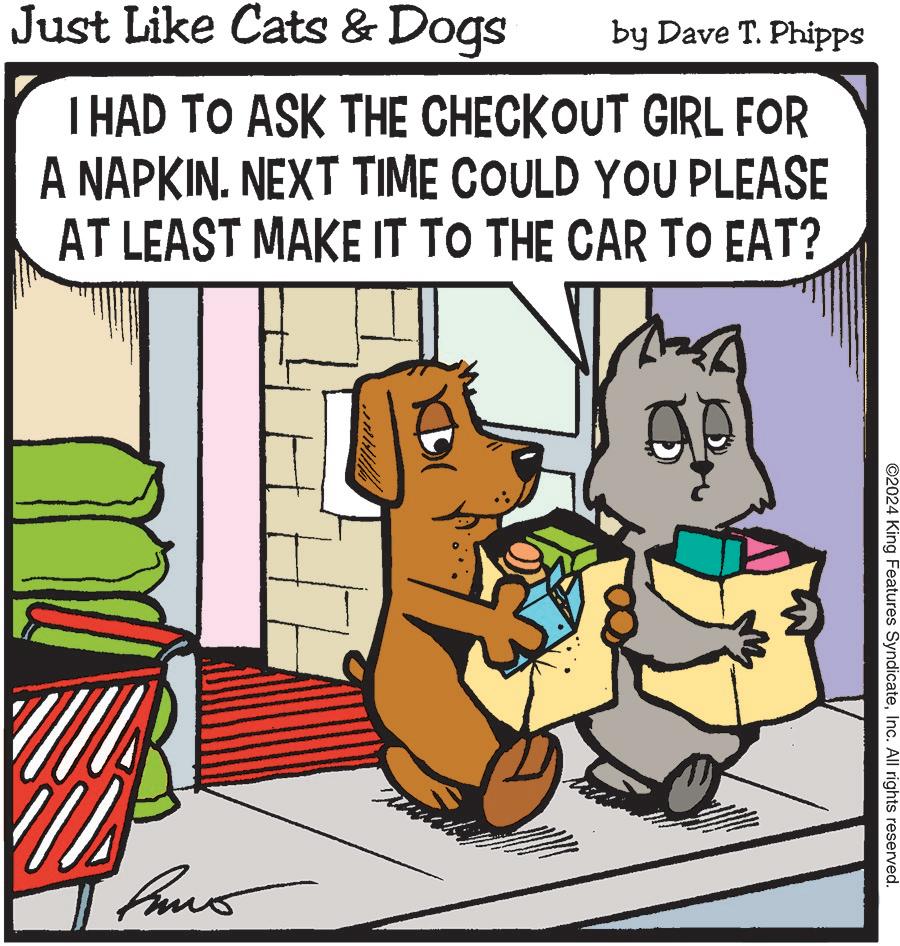





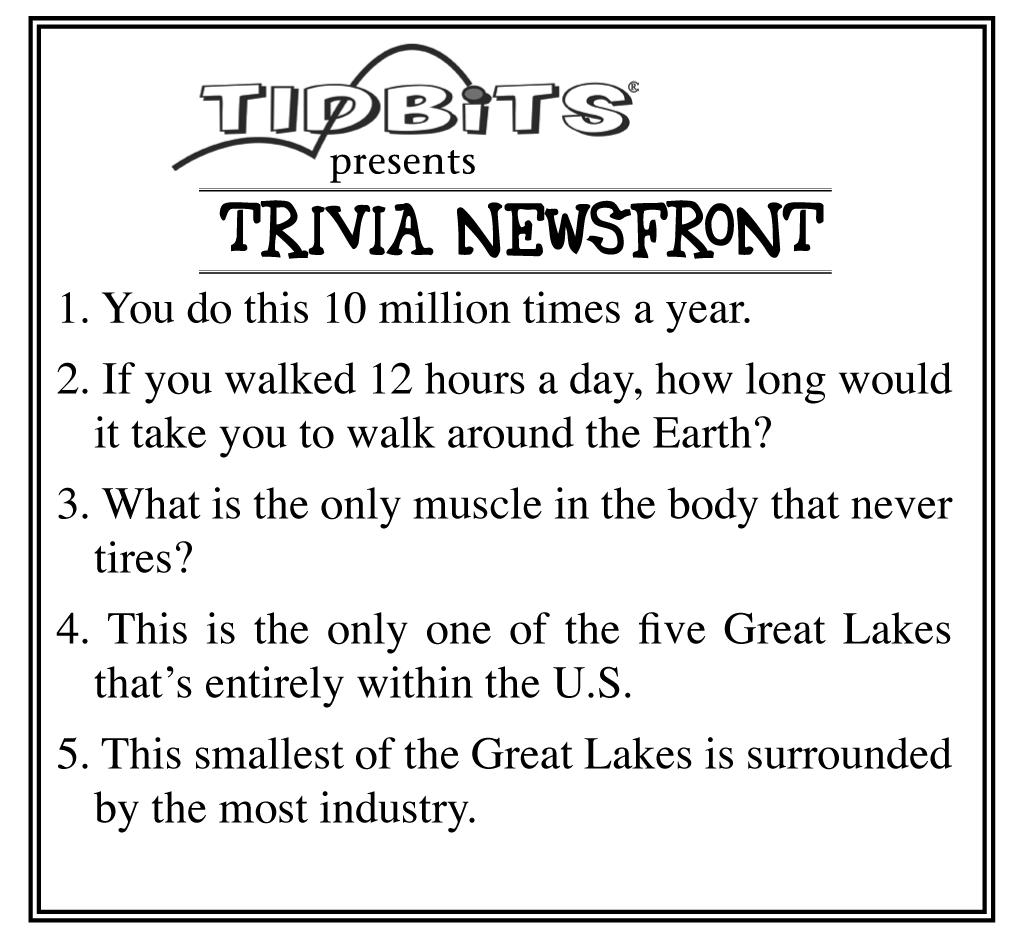
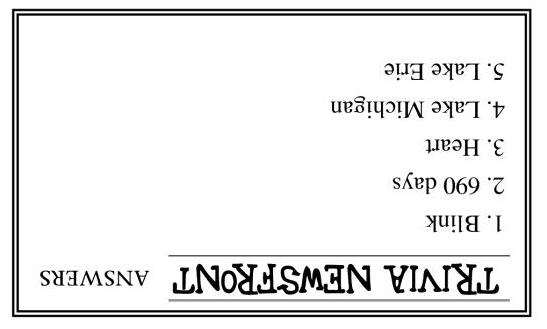
THE STOMACH
(continued):


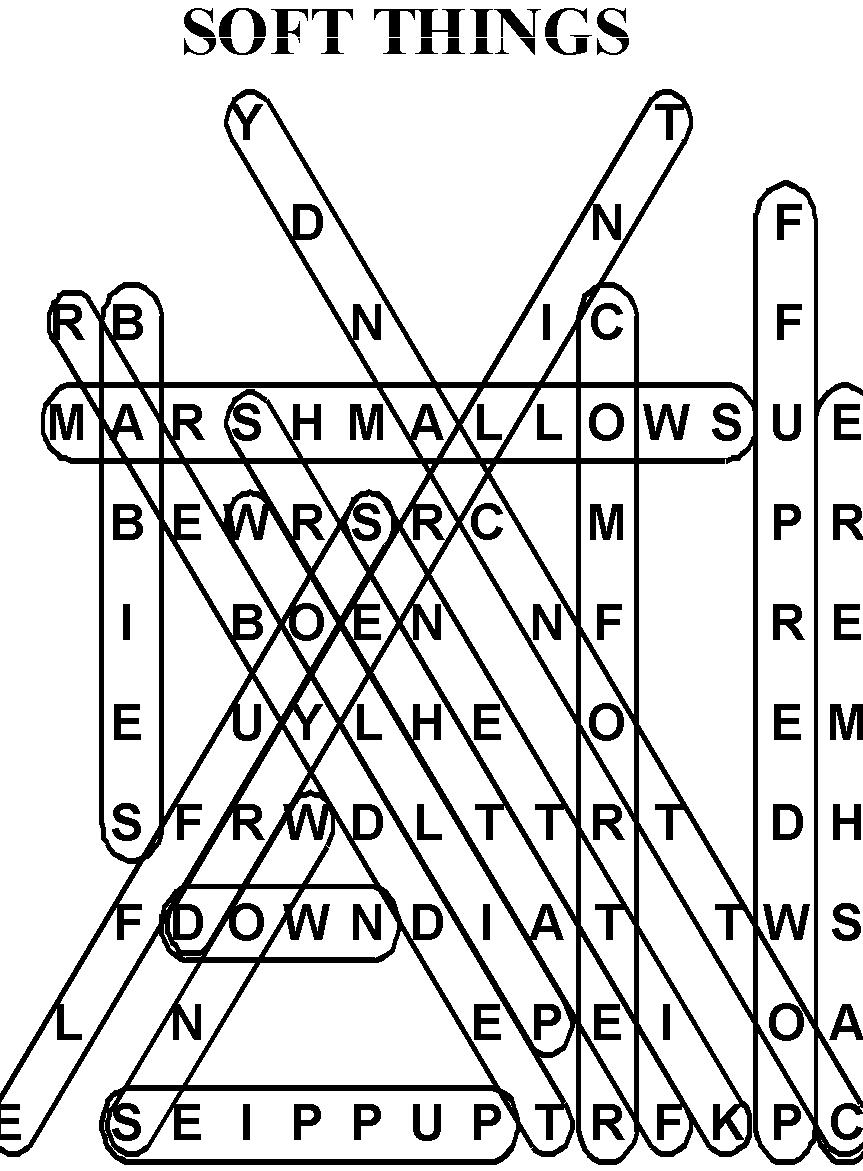



• Occasionally, gastric acid eats away at the stomach’s protective mucous lining, producing open sores, or ulcers, that can cause internal bleeding. A bacterial infection can cause the ulcer as it eats into the stomach lining. Severe physiological stress, such as illness or injury, can change the body’s PH balance, which will increase stomach acid, increasing the chance of ulcers.
• Up to 50% of ulcers are caused by the overuse of NSAIDs, “non-steroidal antiinflammatory drugs,” such as aspirin, ibuprofen, and naproxen. These medications irritate the stomach lining and inhibit the chemicals that protect and repair the protective mucous lining. About 30% of those who regularly take NSAIDs develop ulcers.
• The stomach’s acidity is a good thing, though, necessary for breaking down proteins, fats, and carbohydrates for better absorption by the body. The acidity also protects the entire body, sterilizing what’s been eaten, killing off bacteria and food toxins.
• The stomach tells you when you’re hungry by releasing a hormone known as ghrelin, which stimulates hunger by sending a signal to the brain to trigger the sensation.
• The size of the stomach is different for each person. An empty stomach is typically about 12 inches (30.5 cm) long and about 6 inches (15.2 cm) across. The capacity for an adult stomach is about 2.5 oz when empty, and expands to hold about a quart (1.06 l) of food. If a person continues to eat after the stomach is full, it stretches like a balloon to make room. A folded inner surface known as rugae allows the stomach to expand to accommodate the extra food without rupturing. The stomach returns to its regular size once food is digested, but consistent overeating can make the stomach stretch much easier.



